During the month of August, we’re getting to know the Mitsubishi Outlander PHEV 2024 better. This is the third chapter of our long-term test of the popular plug-in SUV.
See: 2024 Mitsubishi Outlander PHEV Long-Term Review, Part 1: What's the Story?
See: 2024 Mitsubishi Outlander PHEV Review, Part 2: Popular Format, Distinctive Look
In this, our third feature on the Mitsubishi Outlander PHEV, we find out what it is under the hood and on the road that earns this plug-in hybrid SUV such praise.
The first Outlander PHEV used a 4-cylinder gas engine combined with two electric motors, one for each axle. This architecture and expertise came from the i-MiEV introduced in 2009 - a small car, yes, but nonetheless the world's first commercially produced electric vehicle!
These three motors together produced 197 hp, while the 12-kWh lithium-ion battery promised a range of around 50 km.
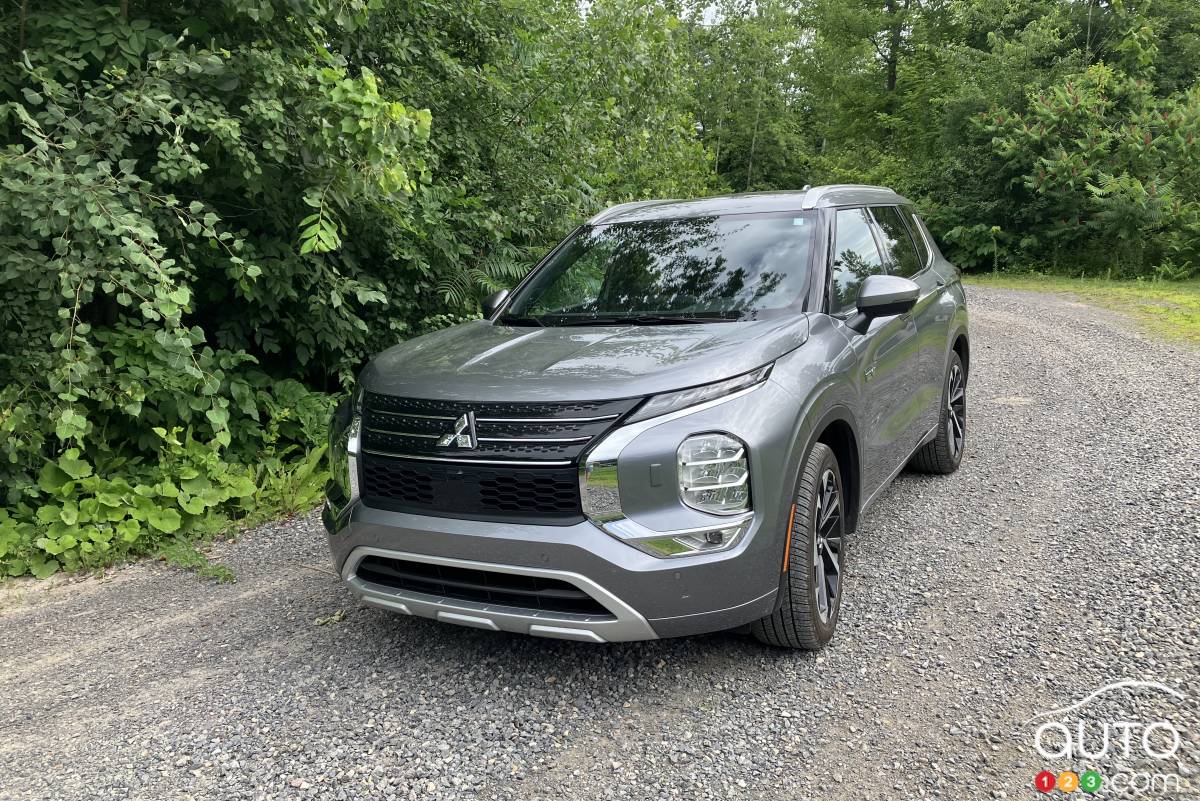
Fast-forward a decade and today I find myself at the wheel of a Mistubishi Outlander PHEV GT Premium 2024, equipped with a 2.4L 4-cylinder engine, two electric motors and a 20-kWh lithium-ion battery. Same formula but more powerful, delivering 248 hp, 332 lb/ft of torque and the ability to move the SUV at least 60 km by the magic of electrons alone.
In fact, just this morning, after unplugging the umbilical cord that connected my Level 2 terminal to the Outlander during the night, the PHEV's dial showed a surprising 80 km range! On other mornings, I got 67, 71, 77...
Alas, it was but a mirage - as soon as I started driving, those bonus kilometres melted away like snow in the sun. Quickly enough, the real calculations of real range cane to the fore...
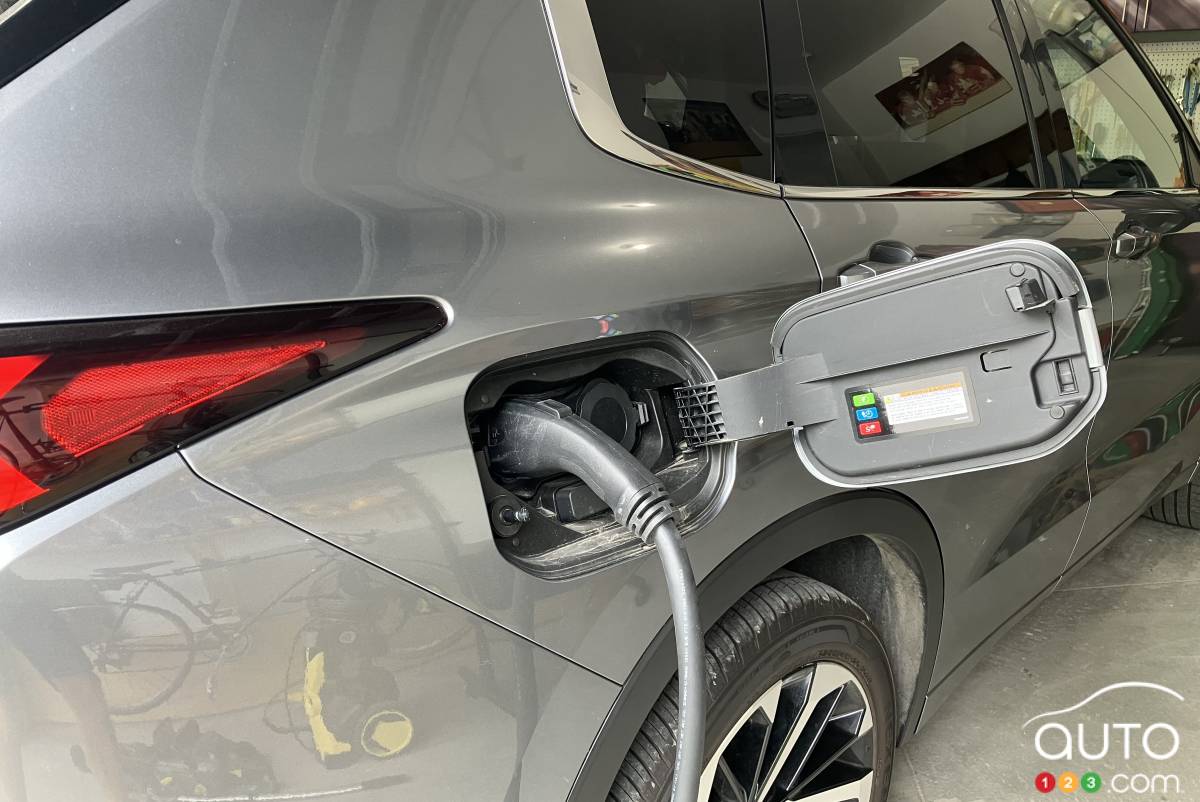
Let's talk patience
The Outlander comes with a 6.40-metre (21-ft) cable that allows you to plug it into a standard 120V household outlet. But you'll need to wait 16 hours for a full charge.
With a 240 V Level 2 charging station installed at your home (an initiative that may be subsidized by your provincial and municipal council; or example, the Quebec government offers $600 for the purchase and installation of such a station), you'll be fully charged in 6.5 hours. In other words, just enough time for a good night's sleep, and you're ready for another day without stopping at the pump.
On the other hand, I'm less enthusiastic about using a public Level 2 terminal. There's a limit to how much time I want to spend in restaurants and stores. You have to understand that the Outlander PHEV can't recharge any faster on one of those Level 2 jobs, because its on-board charger, the gizmo that ultimately decides recharging speed, is limited to 3.6 kWh.
The third recharging method is the Level 3 rapid charging station. Mitsubishi predicts 80 percent in 38 minutes. But there's a downside: the Outlander PHEV uses a CHAdeMo connector for fast charging. However, this type of connector is on the way out, with the industry in general having finally decided to rely on CCS and NACS (Tesla) plugs. Mitsubishi needs to update its technology without further delay.
Once both the battery and the 56-litre fuel tank are full, the Outlander PHEV can travel almost 700 km on a combination of electricity and fuel.
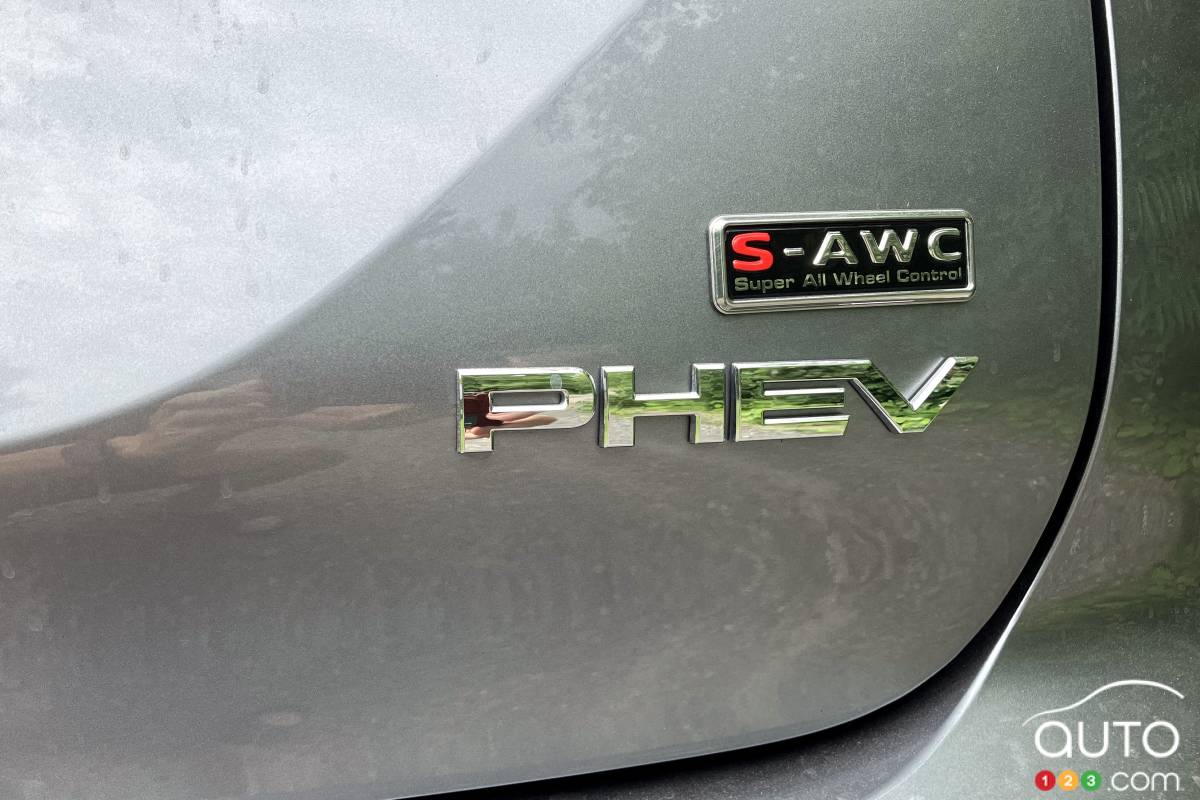
All-wheel drive
The presence of the two electric motors not only guarantees the Outlander's plug-in hybrid character. It also gives the SUV standard all-wheel drive. Mitsubishi calls it Super All-Wheel Control (S-AWC), a catchy name for a system that not only distributes torque between the two axles, but also from left to right, involving other systems such as Active Yaw Control (AYC), which modulates power when cornering. In short, this is sophisticated all-wheel drive. It also adds weight to a vehicle that already carries more than the competition, but the reassuring roadholding it provides makes it a worthwhile trade-off.
Healthy handling
The overall ride is an interesting blend of smoothness and muscle. The robustness of the chassis (that of a truck) and the suppleness of the suspension ensure smooth journeys, with no nasty surprises. Only the expansion joints of fast-negotiated asphalt curves cause a slight lurch, accentuated by a tenuous trampoline-like movement. At this precise moment, we could do with a dose of German firmness.
There's never a shortage of power at the tip of your right foot. Acceleration from 0 to 100 km/h is easily under 8 seconds (while the regular Outlander is closer to 10 seconds). Passing on the freeway doesn’t’ cause any stress. I was wary of the continuously variable transmission, and I was wrong. It works smoothly and doesn't screech during sudden rev ups.
For my part, I love the slight cosmic roar the Outlander PHEV emits when pushed. It lends a futuristic aura to the ride, while reminding us that we're moving forward without burning a drop of fuel.
After almost 500 km on the road, the Outlander PHEV's on-board computer gave me an average consumption of 22.7 kWh per 100 km, which is well within the norm. But the note that really appealed to me was the average fuel consumption, limited to 2.9L/100 km.
To be fair, I achieved that under ideal circumstances, i.e. in midsummer with the battery full of juice. It's likely to be a different story in January. Particularly as the battery that supplies energy to the electric motors is the same one that powers the cabin heating, among other things. I can already imagine the Cornelian dilemma: more km without gas or more degrees to warm the tip of my nose and other body parts?
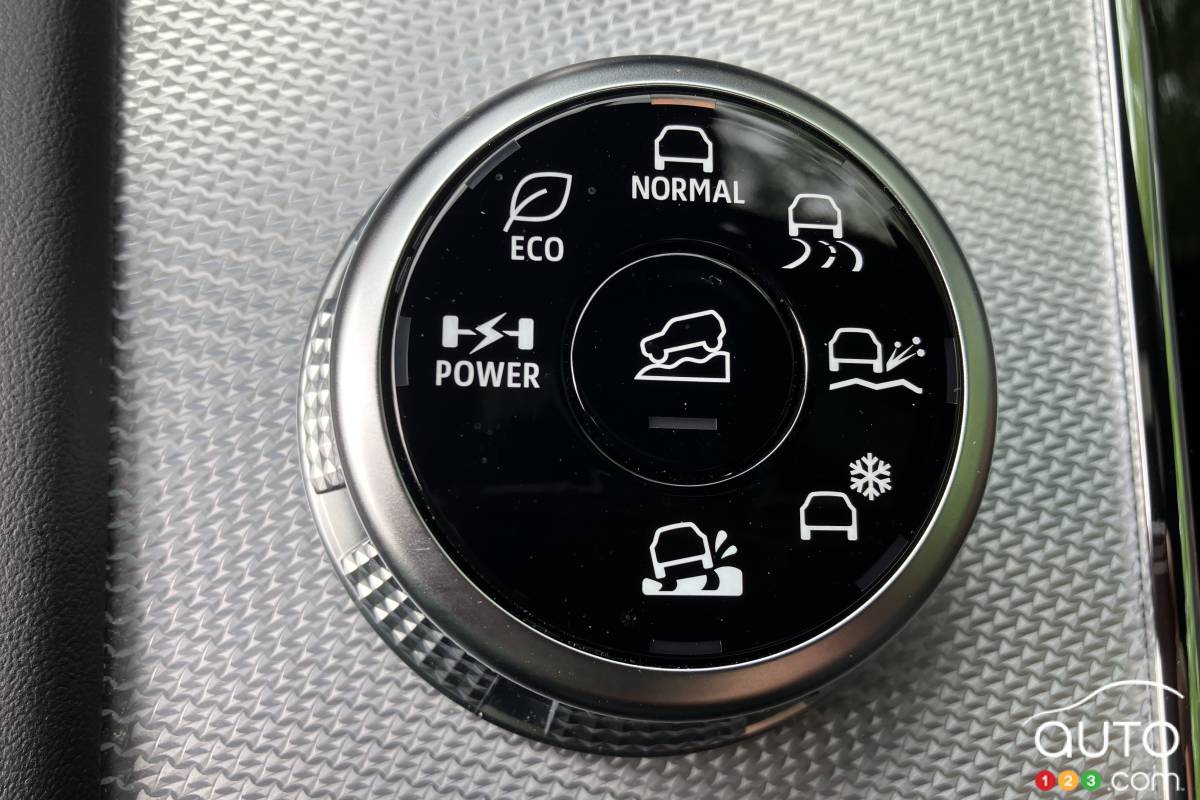
Lots of choices
One thing's for sure: to optimize one of the selling points of an PHEV, namely to minimize visits to the gas station, I've often driven in Eco mode. One of the seven modes offered by the Outlander PHEV.
Seven modes! The others are Eco, Normal, Tarmac, Power, Gravel, Snow and Mud.
As soon as you select the mode using the thumbwheel on the centre console, the software that controls the vehicle's dynamics ensures the best traction and stability by modulating the systems that refine the Outlander PHEV's behavior. A festival of acronyms comes into play here, including EPS (no, not Earnings Per Share, but Electric-Power Steering), the aforementioned S-AWD and AYC, ABS and ASC (Active Stability Control). Your choice of program will influence the input of each of these systems.
To tell you the truth, the Outlander PHEV is brimming with such subtleties.
Want to brake with almost no left pedal input? Just press the right button (near the gear selector) and bob’s your uncle. As an added bonus, you'll generate energy which will be channelled to the battery. This regeneration can also be ordered by moving the gearshift lever to position B (ideal for driving down a steep incline), and can be graduated (six intensities!) using the steering wheel-mounted paddles.
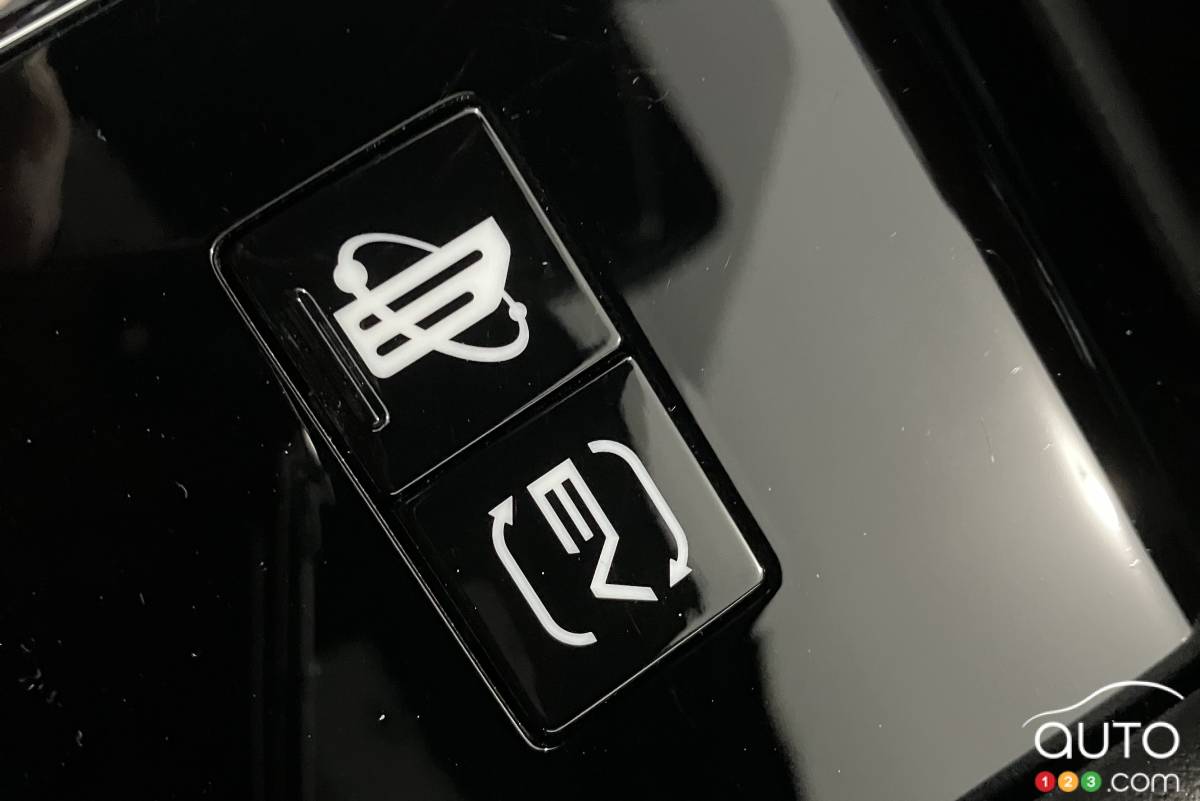
Want to control the flow of electricity by preserving it, using it or recharging it? Just press the big EV button on the center console.
To tell you the truth, that's a lot of possibilities. Maybe even too many. What I want from an PHEV is quite simple: to drive as many kilometres as possible without burning gas. To achieve this, I'm going to use the Eco mode, regeneration and magic braking (which is also fun). The rest, in my eyes at least, is almost superfluous.
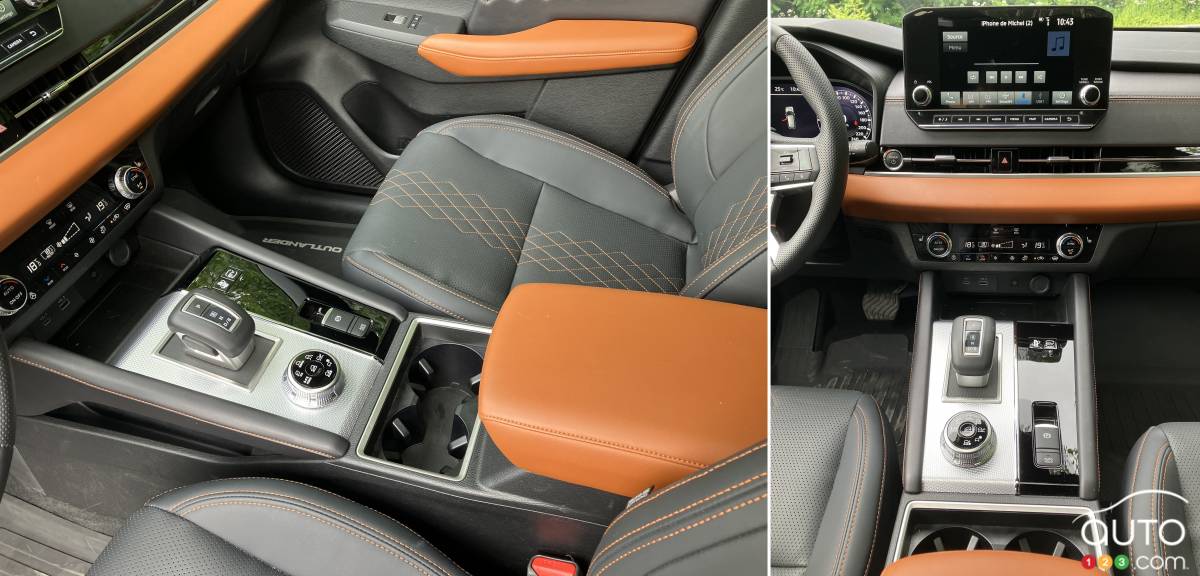
Original content from auto123.



